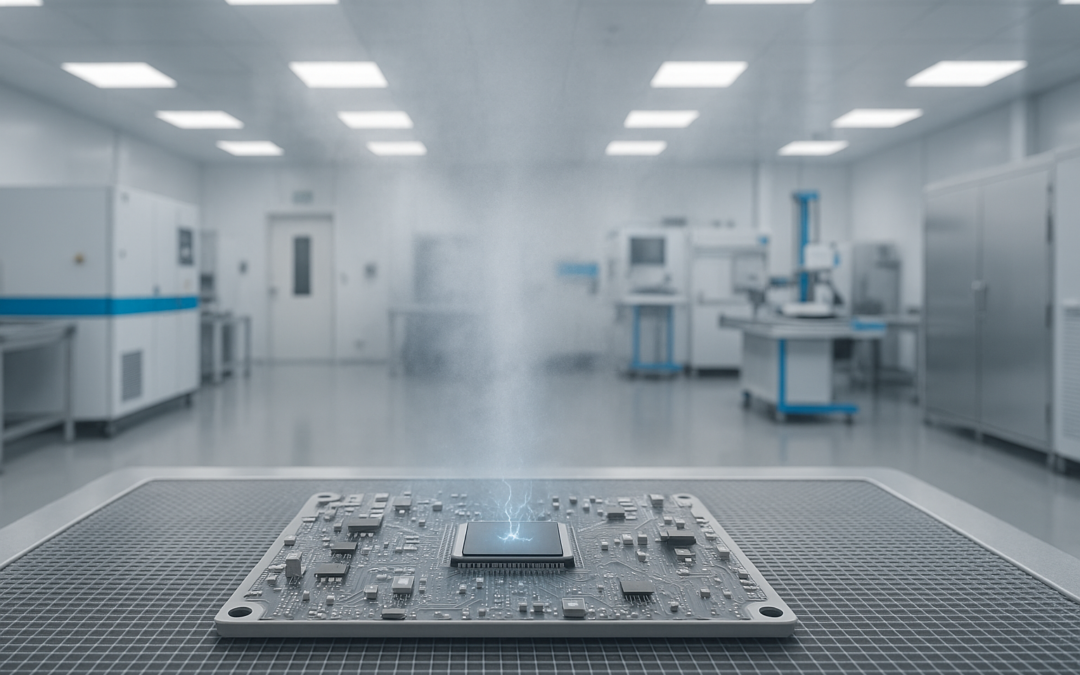With many states recently approving its sale for medical and recreational use, the legalization and increased competition has led to a more potent plant, invoking science and genetics to enhance the Cannabis plant’s THC levels. Yet, for medical use, the emphasis is not on increased THC levels. Still, for the lion’s share of business, growers hope that buyers will prefer a more powerful version of cannabis with increased levels of THC – much like preferring whiskey to beer.
It is understandable why regulators, whether for entertainment or medical reasons, are already thinking of limiting the THC levels much as they did with 3.2 beer. Despite the ultimate use, the levels of THC or other desired chemical compounds owe their enhancement to the soil, temperature, and humidity in which the cannabis grows. The humidity and light are the factors that extend throughout the life cycle of the plant, impacting it potency and other attributes to its final consumption.
Cannabis’ Genetics, Potency & Humidity
Genetics: Even before legalization, cannabis underwent changes focused on increasing its potency. Increasing THC levels is the goal in most instances because of consumer demand. The market expanded as legalization loomed on the horizon, fomenting the onslaught of competition. With competition catapulting investment, research and development in cannabis, it comes as no surprise that genetics started to play an ever-increasing important role. That role establishes the cannabis plant’s ceiling for the TCH levels. Good agricultural techniques spirit THC production to its genetic ceiling.
Humidity: Despite these positive innovations, during its growth process, Northern California growers discovered what they call a white, powdery mildew covering their plants. The cause they discovered comes from high levels of humidity – underscoring the importance of humidity control. The powdery substance is quite literally a death knell to the plant as it destroys the THC the plant builds as it grows. Not without the ability to fight back, growers employed dehumidifiers to defeat the powdery mildew.
Potency: The result is a more marketable product. What they learned is that by controlling humidity, temperature, and water, the scent of the plant improved and became stronger while the TCH levels spiked.
As growers have learned through trial and error, optimum ranges of temperature, soil composition and humidity are key to growing cannabis with high levels of THC. The temperature range is approximately 75 to 86 degrees Fahrenheit. Soil composition requires nitrogen, phosphorous, and potassium. The requirements change as the plant goes from the vegetation phase to the flowering stage. During this growth period, other chemicals are needed. The basic chemicals above take precedence over others as the plant evolves. Even temperature, humidity and light requirements change.
Molding & Storage of Cannabis:
Molding: Once harvested and shelved for display and sale. The concern shifts from increasing THC levels to preserving the plant’s potency and freshness. Even after the purchase, the owner wants the same result – the want what they bought. Storage is a major issue as the cannabis is particularly subject to mold. Humidity (relative humidity or RH) plays a key role in this stage of the cannabis plant’s life.
Storage: The days of baggies and seal containers are gone. Humidors are becoming popular. They keep the plant moist and free from destructive humidity. Even after leaving the field, the plant can suffer destruction of its THC levels due to molds and mildew. Like cigars, the plant material will dry when exposed to light. For cannabis, that means the THC levels begin to fall.
Still, to this day, people wisely store their cannabis in the refrigerator. Many use mason jars, but better products are hitting the market. These new products preserve cannabis at the optimum humidity level of 55 to 62 percent.
Medical Cannabis:
This is a promising area for cannabis’ use. Studies indicate that cannabis may help with dementia, cancer diabetes, epilepsy, and even psychological disorders. Rather than emphasizing THC, growers of medical cannabis focus on developing the plant’s cannabidiol (CBD). Yes, THC remains important for controlling vomiting, pain, and more, research continues to understand cannabis’ expanding ability to cure, control or manage other human diseases and mental problems. Like with THC, all the factors aside from genetics play an important role – light, soil, temperature, and humidity.
The Law:
It comes as no surprise that regulators, parents and law enforcement want to limit THC content levels in cannabis sold to the public. Like beer before it, regulators limited its alcohol content to 3.2 percent. They want THC levels to stay under a certain level – yet undetermined. As for the medical use, the cannabidiol levels will likely undergo heavy regulation, too.
Though humidity plays no part in legal battles at this point, its future certainly does. Since it impacts THC levels during growth and all the way to consumption, the law will likely impose humidity controls and regulations to assure the THC levels remain constant. It will become a way to preserve and restrict THC levels throughout the life of the cannabis plant.
Contact us, Smart Fog Inc., to learn more about humidity and its impact on cannabis and the THC levels so important to its sales.





